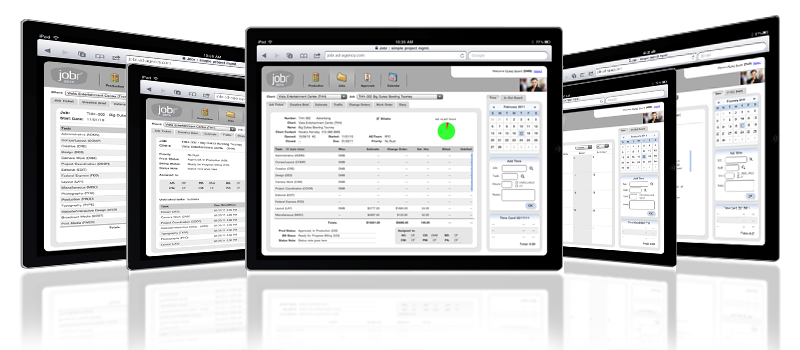|
|
G/L Sub-Classes FAQs
Summary: Frequently-asked questions about General Ledger sub-classes.
Q. When do I use sub-classes?
When you want to group and sub-total similar general ledger accounts (within a class of accounts), on a financial statement, assign them to a sub-class. "Current Assets" and "Current Liabilities " are common examples of sub-classes found on the Balance Sheet.
Q. Can I assign any account to a sub-class?
Yes. Both balance sheet and income statement accounts can be assigned to a sub-class. It can be changed at any time on an account since sub-classes are just a formatting option for the printed financial statements.
Q. Each of the company's departments has its own set of expense accounts. Can I sub-total some accounts by department on the Income Statement?
Yes. You can set up sub-classes for the departments and assign the department based sub-classes to the general ledger expense accounts. The Income Statement will group the accounts together by sub-class then sub-total them.
Q. Can I quickly see which sub-class has been assigned to all of my accounts?
Yes, print your chart of accounts from the Setup > Chart of Accounts or Lookup > Chart of Accounts windows. Also, be sure that each sub-classe is grouped in the same class of accounts (Assets, Liabilities, etc).
Q. I don't always need to display all the sub-class accounts on a financial statement. Can I hide them by rolling up their balances into another account or only show a group total for a sub-class?
If an account has a zero balance, it won't print by default on the balance sheet or income statement (it will print on a trial blanace since this report always shows all accounts). There isn't an option to show only the sub-class's group total (say like only showing group totals on estimates or invoices), but you can use roll-up accounts. These are used to consolidate account balances into one account. Each account has a "roll-up into" setting where you can designate into which account it will roll up. If necessary, you can create a "master" account in the sub-class and mark it as "roll-up only". This will prevent the account from being used when adding accounting records. Designate other accounts in the sub-class to roll up into this account. When printing financial statements, choose the option at the bottom to "Use roll-up accounts". You don't have to mark an account as "roll-up only" in order to roll up other accounts into it. This is only done when you want a "master" account into which amounts will never be posted, rather it's only used for consolidating your financial statements.
|
|




